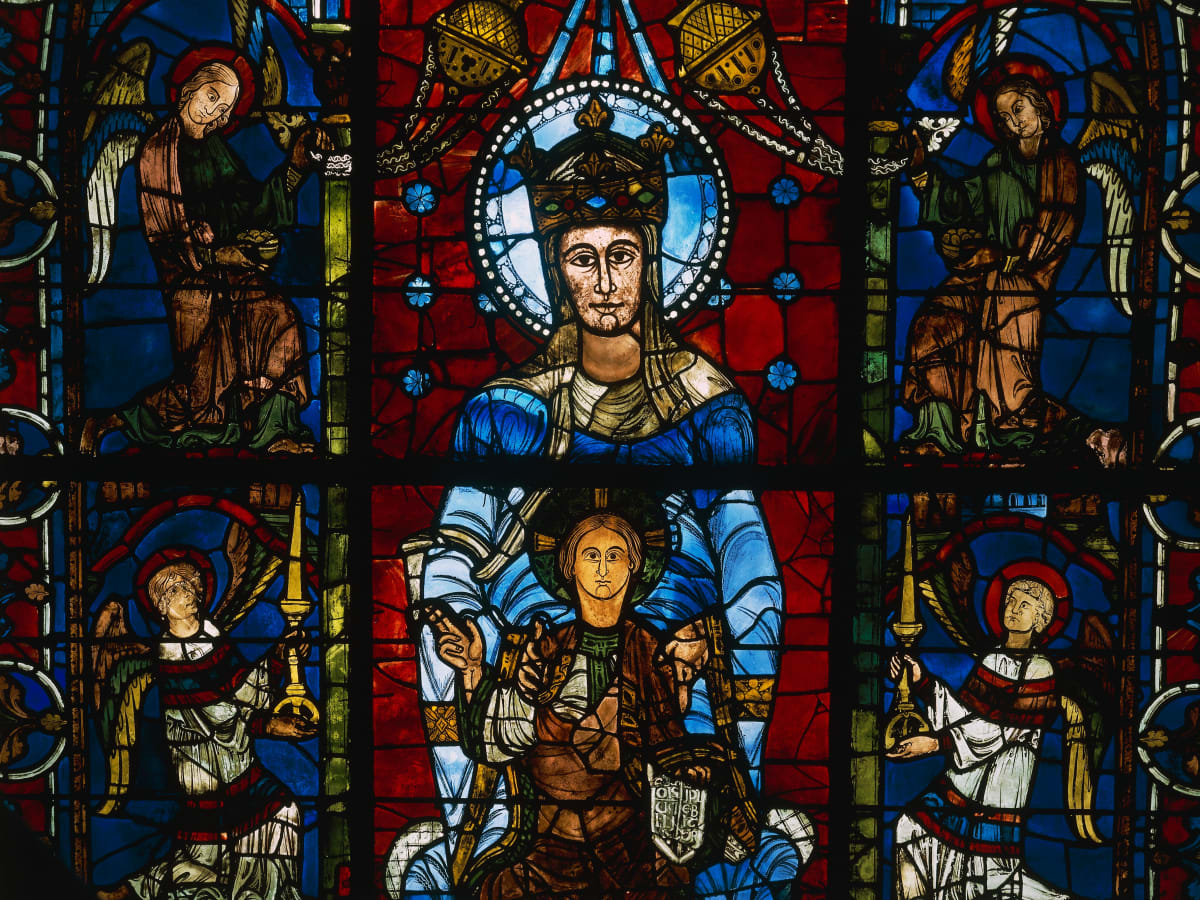The church remained the partner of the autocracy. The czar controlled the election of the patriarch of Moscow, a rank to which the archbishop was elevated in 1589. In the seventeenth century there were two striking instances when a patriarch actually shared power with the czar. In 1619 the father of Czar Michael Romanov, Filaret, who had become a monk, became patriarch and was granted the additional title of “Great Sovereign.”
He assisted his son in all the affairs of state. In the next generation Czar Alexis appointed a cleric named Nikon to the patriarchal throne and gave him the same title and duties. Nikon proved so arrogant that he aroused protests from clergy as well as laity, especially when he revised Russian church ritual to bring it into line with Greek practice.
Nikon also argued that the authority of the patriarch in spiritual affairs exceeded that of the czar and that, since the spiritual realm was superior to the temporal, the patriarch was actually superior to the czar. In 1666 a church council deposed Nikon, who died a mere monk. There after, the church accepted that it depended upon the state.
The church inspired the literature and art of the Muscovite period. History was written by monks in the form of chronicles. Travel literature took the form of accounts of pilgrimages to the Holy Land. Theological tracts attacked the Catholics and later also the Protestants. This literature is limited, and it was still dominated by the church several centuries after the West had begun to produce secular writing.
Almost all of it was written in Old Church Slavonic, the language of the liturgy. Though stately and impressive, Old Church Slavonic was not an appropriate vehicle for innovation. There was almost no secular learning, no science, no flowering of vernacular literature, no philosophical debate.

